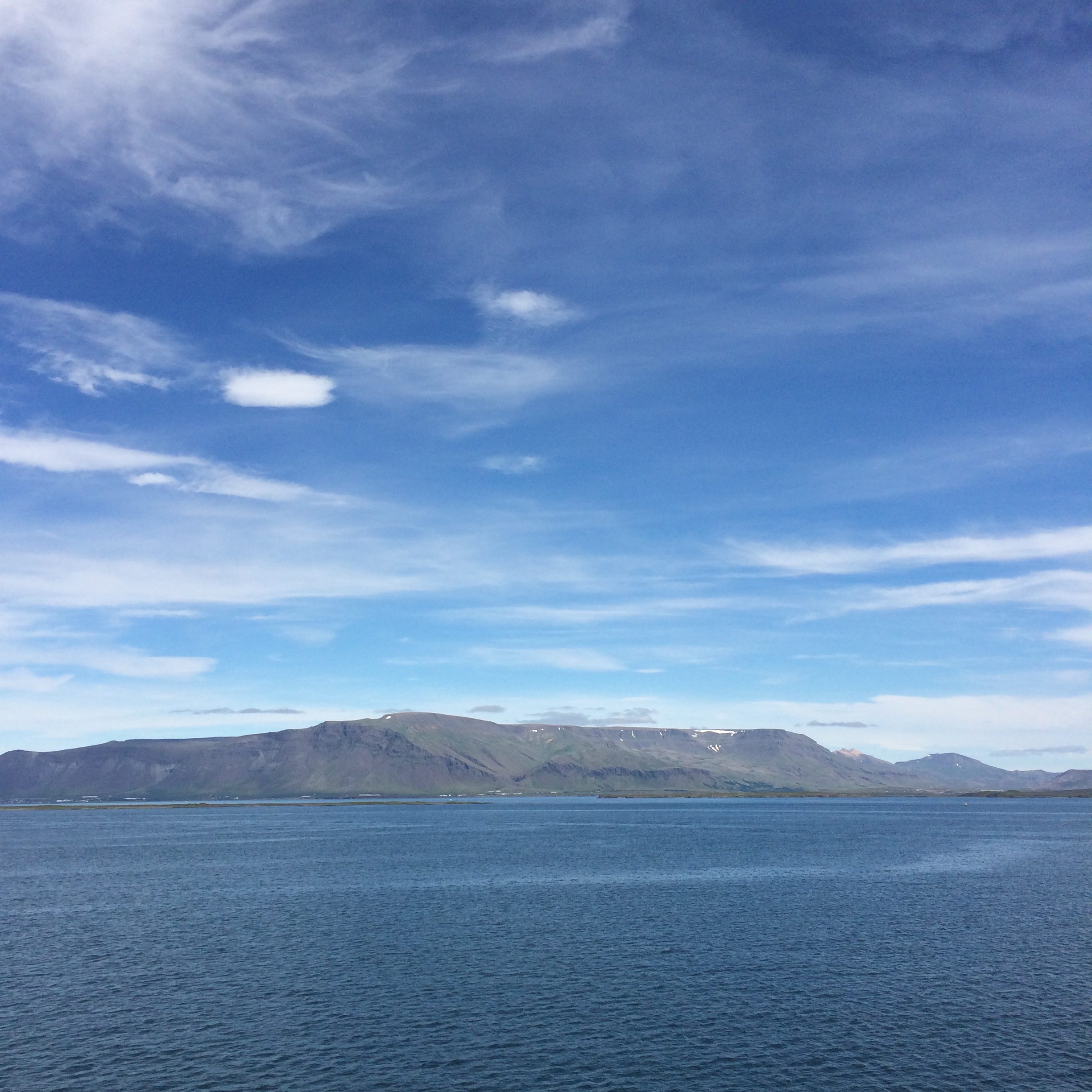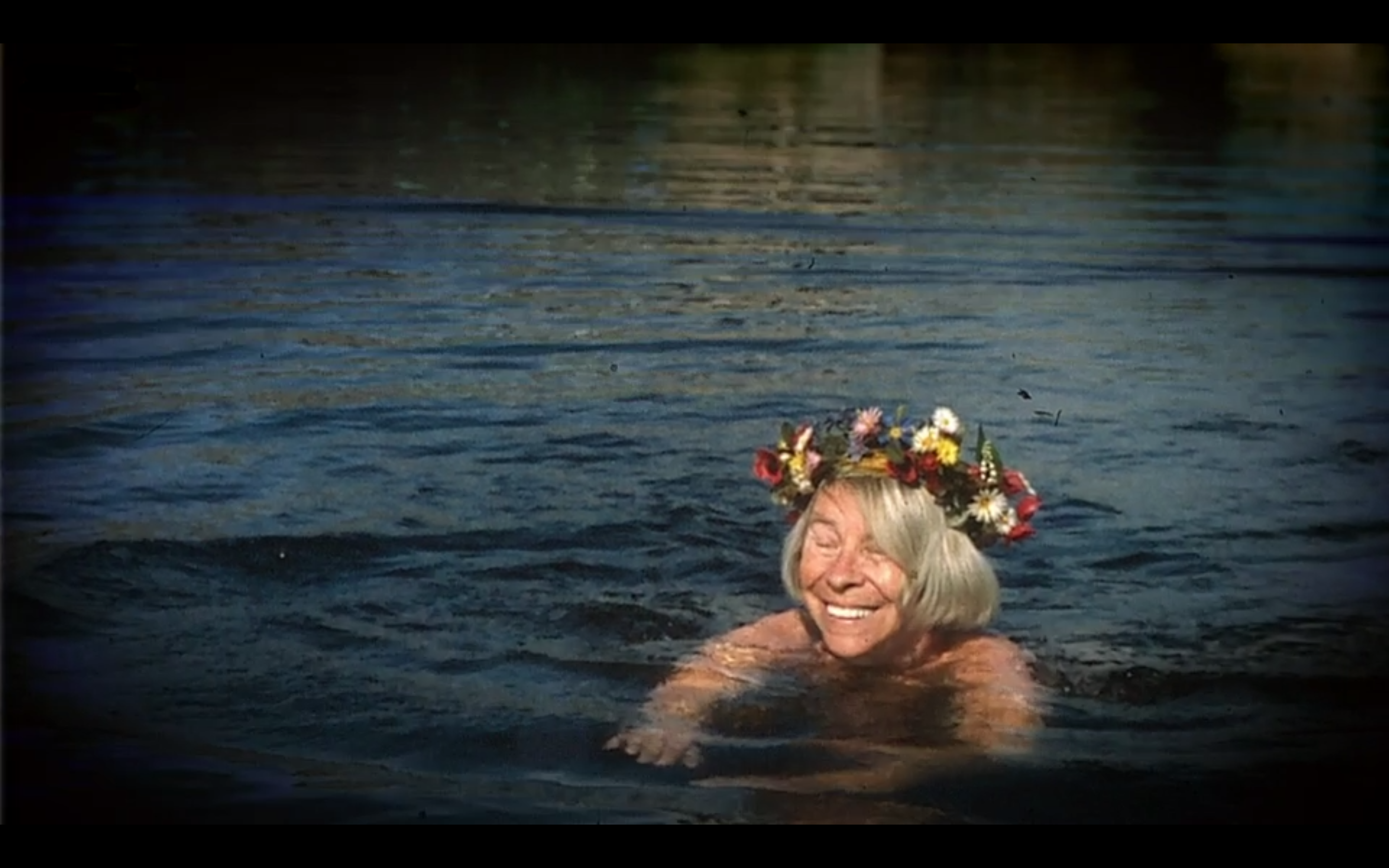Published
Link to Skyler Brickley’s project action plans
Download Skyler Brickley’s monthly, weekly, and daily project plans
Published
Download Skyler Brickley’s monthly, weekly, and daily project plans
Published

We visited Iceland for the first time at the beginning of August, spending the better part of a Saturday in Reykjavík before departing the capital for a week in southern Iceland. I really enjoyed the trip and made a lot of new food discoveries.
Published
Listen to Goodbye Cool World album by Teledine (Bandcamp)
My favourites are Hometown and When Blood Is Required. Look forward to giving it a more in-depth listen.
Published
Published
Dökkt rúgbrauð is a mildly sweet dark rye bread from Iceland. Traditionally, it is baked in the ground using geothermal heat. To mimic this cooking method at home, the bread is cooked at a low temperature for an unusually long time, around 8 hours.
Published
Recipe for Swede Lemon Drizzle Cake on Eating History
I’m dubious but very, very intrigued. Lemon drizzle is my fave.
Published
“Making Craft sing with Varnish and nginx” by Josh Angell from Supercool Engineering
Have found these tips useful on a recent site build using Craft CMS.
Published

Screenshot of Tove Jansson swimming from the BBC documentary “Moominland Tales: The Life of Tove Jansson”, around 1:20 mark. View the trailer here.
Until I watched the BBC documentary “Moominland Tales: The Life of Tove Jansson”, I had never really known about the artist and author Tove Jansson nor the context for her work. I’m so glad to have come across the film. She was an impressive and talented woman that lived through some devastating times. The documentary is enhanced by quite a bit of original footage, images, and quotes from her journals and other writings. It also includes interviews of her friends and family. My only criticism would be that the tilt-shift effect on some of the shots of contemporary Helsinki and the Finnish countryside felt a little heavy-handed.
The scene above was likely filmed by Tove Jansson’s partner and great love Tuulikki Pietilä, a Finnish graphic artist. Her nickname was Tooti. For nearly 30 summers, Tove and Tooti lived and worked in a cottage that they built together on a little remote island called Klovharu. It sounds like they were quite the independent adventurers, and their time on the island seemed idyllic. This moment was rather heart-wrenching.
Last summer something unforgivable happened: I started to fear the sea. The giant waves no longer signified adventure but fear. Fear and worry, for the boat and all the other boats that were sailing around in bad weather. We knew it was time to give the cottage away.
Once they had left, they never wanted to come back. They didn’t even want to talk about it. It was the end, and that was it.
A side note: Sophia Jansson’s comment reminded me of a moment in a recent episode of NPR’s Wait Wait Don’t Tell Me when Peter Sagal asked Norman Lear if he had any tips “for those of us who would like to arrive at 93 as spry and as successful and happy as you are”.
What occurred to me first is two simple words, maybe as simple as any two words in the English language – over and next. We don’t pay enough attention to them. When something is over, it is over, and we are on to next.
I’m looking forward to discovering Tove Jansson’s work. I’ll probably start with the original two Moomins books, then move to The Summer Book and A Winter Book.
Published
Headed to Iceland soon with friends, and looking forward to doing some cooking. Glossary linked above includes names for all sorts of foodstuff in English, Finnish, Swedish, Norwegian, Danish, Icelandic, and Russian.
Published
Disappointed and disheartened this morning. A few articles I have found interesting/useful while trying to find some sort of silver lining. Still looking for it.
– – –
Addition – 9.18pm 24 June 2016
– – –